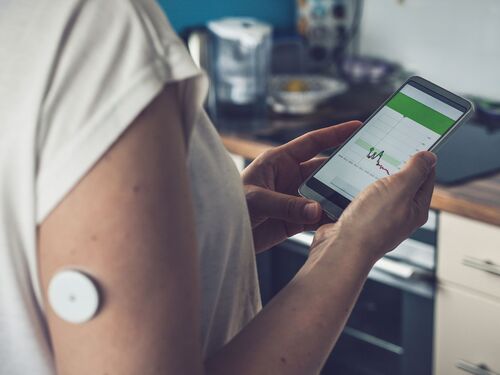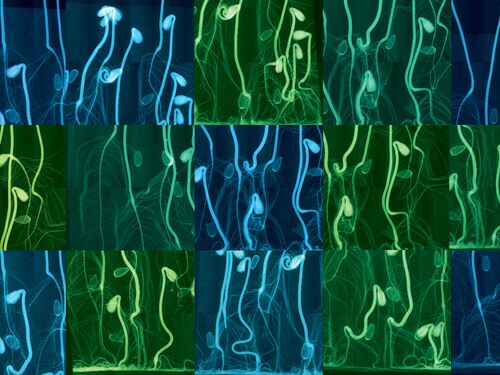What’s the difference between type 1 diabetes and type 2 diabetes?
Based on Science
Type 1 diabetes and type 2 diabetes have some things in common, but they have different causes and management strategies.
Last update September 3, 2021
Diabetes is a serious health problem.
Diabetes is a disease that affects how your body turns the sugars in your food into energy. To do this, your muscle, fat, and liver cells need insulin, a hormone made in the pancreas. Diabetes occurs when your body does not make enough insulin or does not use it effectively to control your blood sugar.
Diabetes occurs when you have too much sugar in your blood. This can lead to serious problems like heart disease, kidney disease, peripheral nerve damage, and problems with your vision, feet, and skin.
Type 2 diabetes is the most common—and the most preventable.
About 90–95% of people with diabetes have type 2 diabetes. Type 2 diabetes has become more common in the United States over the past several decades. You can prevent or delay getting type 2 diabetes by managing your weight, eating well, getting enough exercise, and quitting smoking.
There are different treatments for type 1 diabetes and type 2 diabetes.
There is no cure for diabetes, but there are ways to help prevent diabetes complications.
Because they have different causes, type 1 diabetes and type 2 diabetes also have somewhat different treatment strategies:
People with type 1 diabetes require daily insulin treatment to control blood sugar. Insulin can be delivered under the skin via a shot several times per day or with a pump.
People with type 2 diabetes can usually control their blood sugars by making lifestyle changes (e.g., weight loss and exercise) and taking oral or noninsulin medications that help the body release or use its own natural insulin. Sometimes, people require synthetic insulin shots for optimal control.
People with either type of diabetes should:
Eat well and carefully manage their blood sugar.
Maintain a healthy weight and get enough exercise.
Control blood pressure and cholesterol levels.
Visit a doctor regularly to monitor progress and check for diabetes-related problems.
Main differences between type 1 diabetes and type 2 diabetes.
Type 1 Diabetes
Causes: Your immune system attacks and destroys cells in the pancreas that produce insulin.
Impacts: Your body does not make insulin.
Prevention: Cannot be prevented at this time.
Diagnosis: Can develop at any age but is most commonly diagnosed in children and young adults.
Management: Daily insulin and a healthy lifestyle.
Type 2 Diabetes
Causes: Your cells (primarily muscle, fat, and liver) are resistant to the actions of insulin and/or your pancreas stops producing enough insulin.
Impacts: Your body is resistant to the actions of insulin.
Prevention: In most cases, it can be prevented or delayed by changing your lifestyle (e.g., losing weight, having a more nutritious diet, and increasing exercise).
Diagnosis: Can develop at any age but is usually diagnosed in middle-aged adults.
Management: Decrease excess body fat and make lifestyle changes, along with taking insulin or other medicines as needed.




